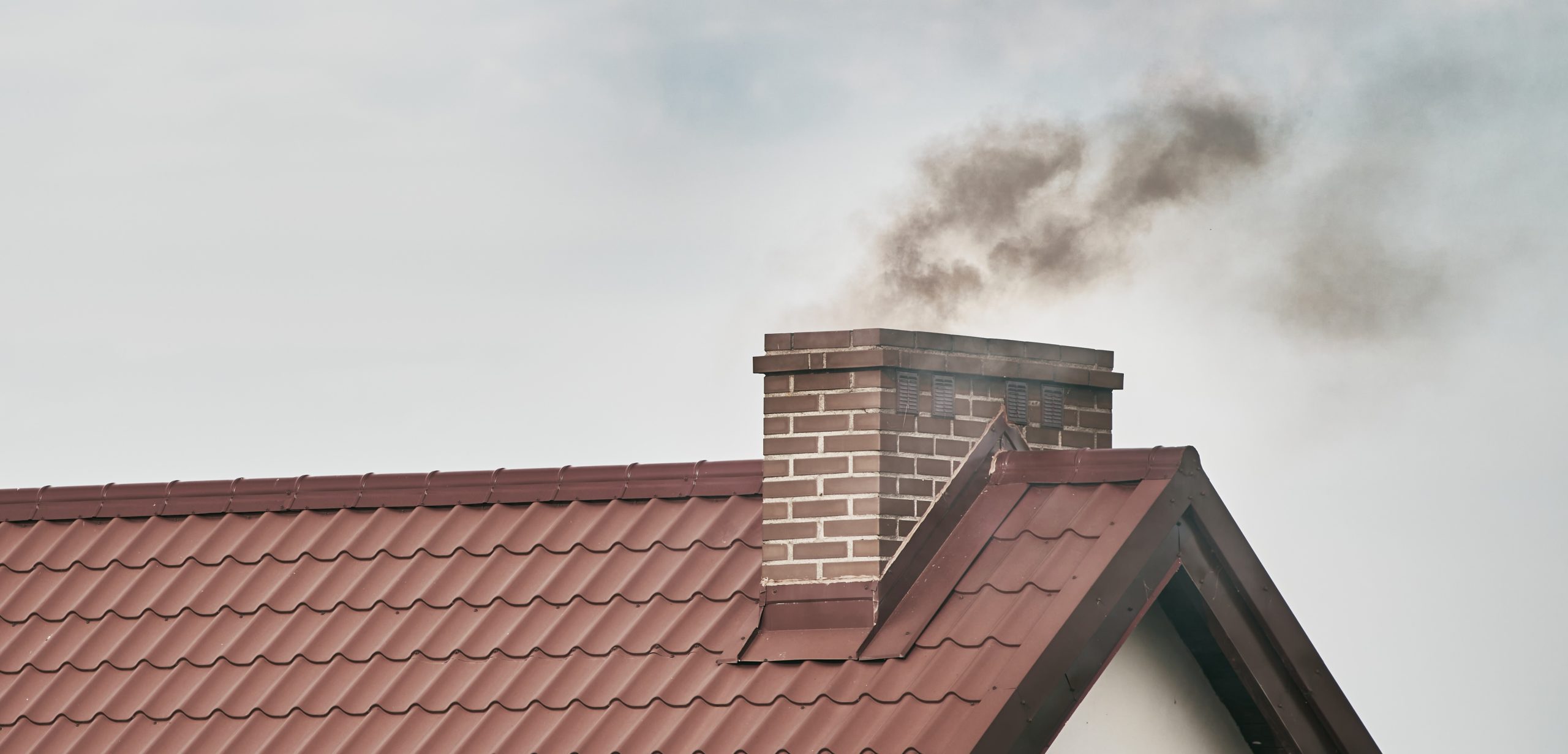Sound mortar normally does not need to be removed from a building during the chimney repointing process, although such a practice is common. The new mortar should be designed to match the mortar type, color and texture of the existing mortar to avoid incompatible materials and visual aberrations. The professional repointing process begins with a mortar analysis where a sample is taken and examined to identify the components, ratio, and aggregate.
The old mortar is removed to a depth equal to or slightly more than the width of the joint, or to the point where sound mortar is reached. Depths greater than 2-1/2 inches or 4cm should be filled in several passes, allowing the mortar to cure for at least 24 hours depending on the mortar type. The joint profile would be as rectangular as possible as the new pointing mortar should be allowed ample opportunity to bond with the masonry unit.
Removal of old mortar between joints is done carefully to avoid damage to masonry units. On buildings with soft materials, such as under-fired brick and lime mortar, removal by hand is often the most effective to avoid damage. Hard Portland cement mortar is usually removed with a grinder or power circular masonry blade, taking care not to damage the masonry units. Vertical joints are done by hand or with small power chisels.
Poor chimney repointing work often raises the level of the mortar joint above the face of the masonry unit, which causes the mortar edge to feather. Such a process is aesthetically undesirable and can cause performance problems as a thin layer of mortar will quickly erode. In addition, depending on the nature of the mortar, mortar that rises above the level of the face of the masonry unit can participate in damaging the arris or corner of the masonry unit. In these cases, deteriorated mortar is often not removed to a sufficient depth.

